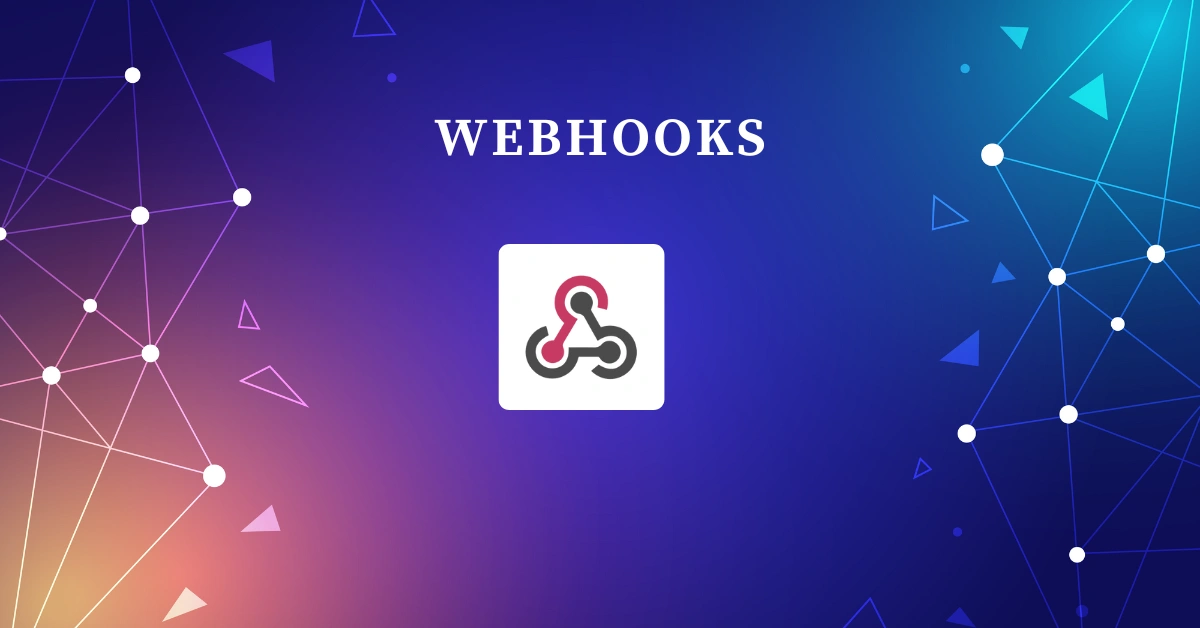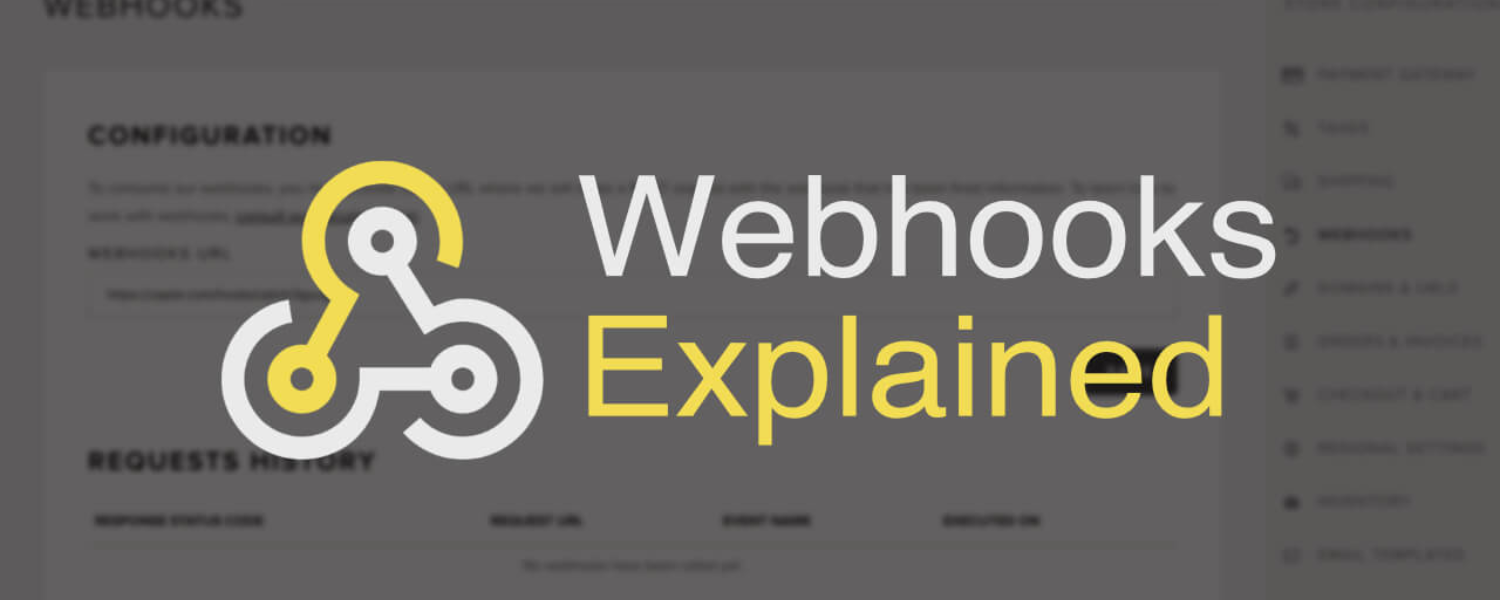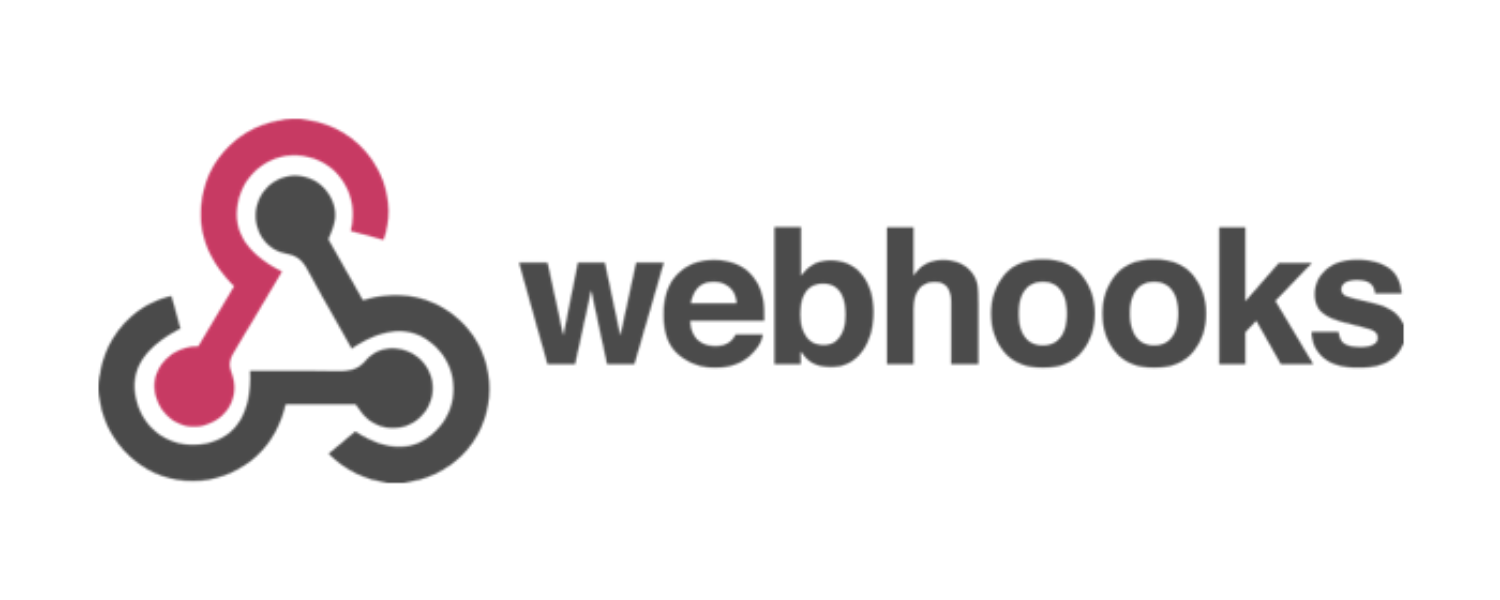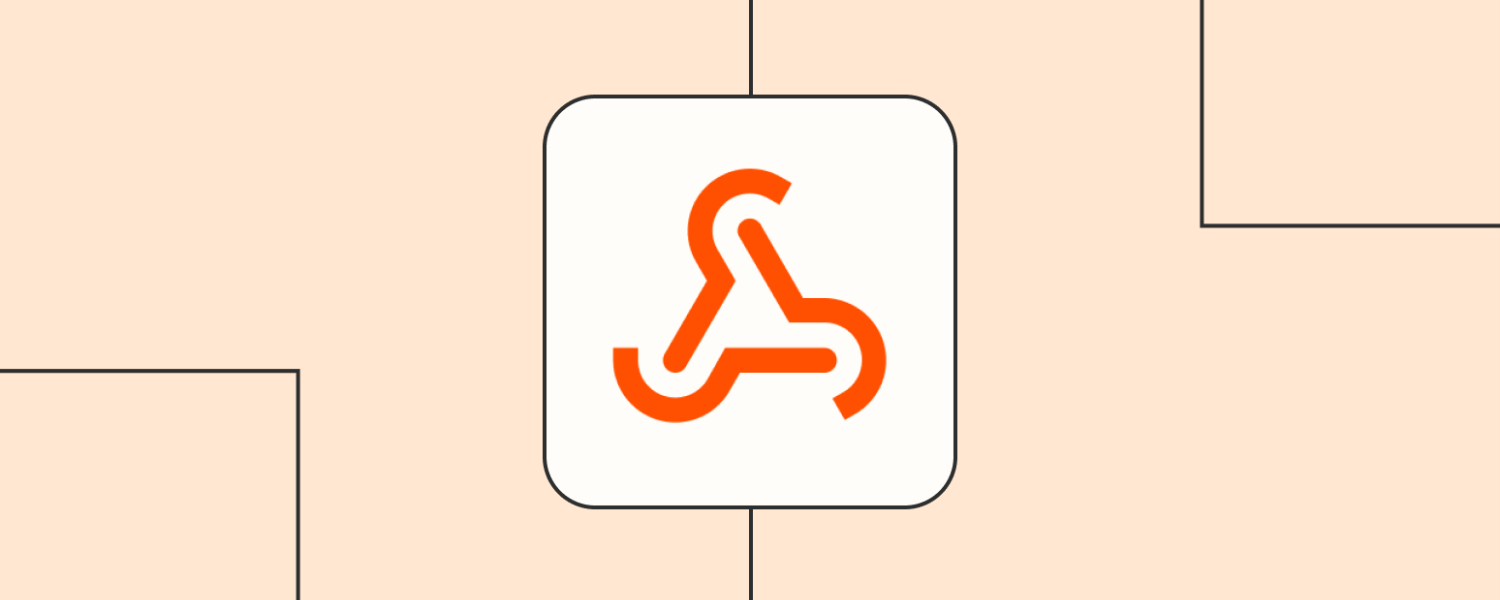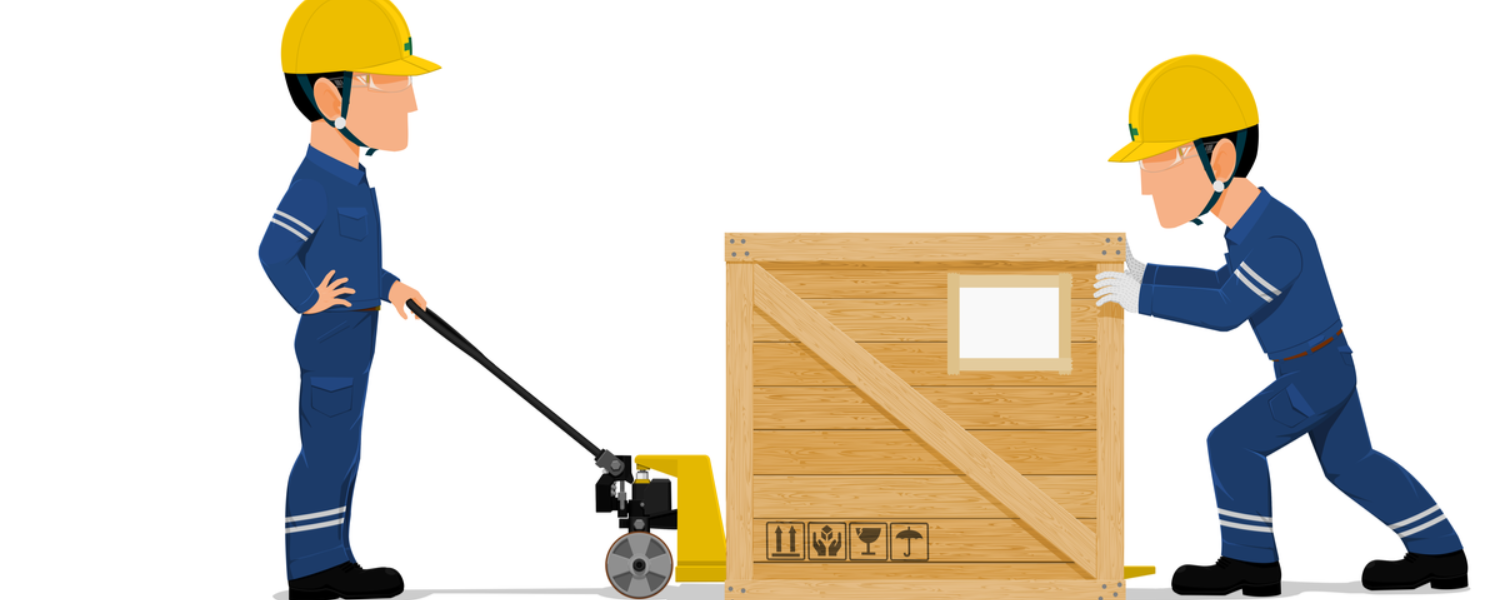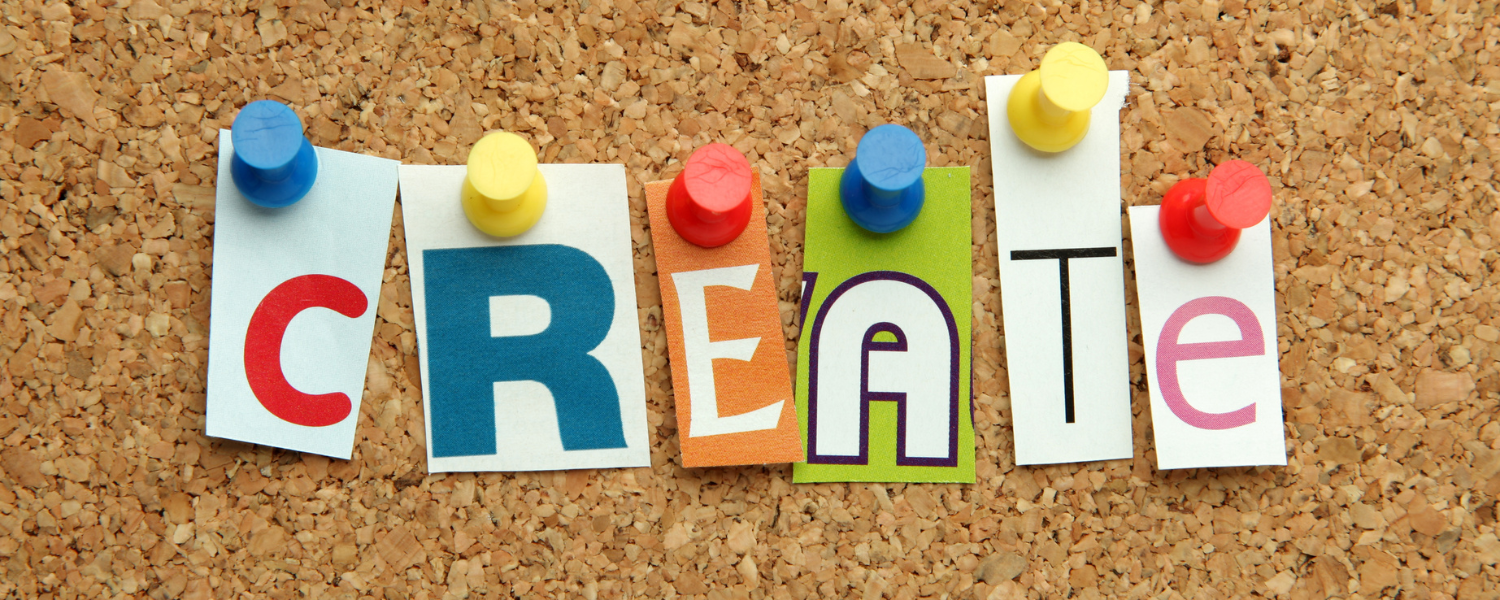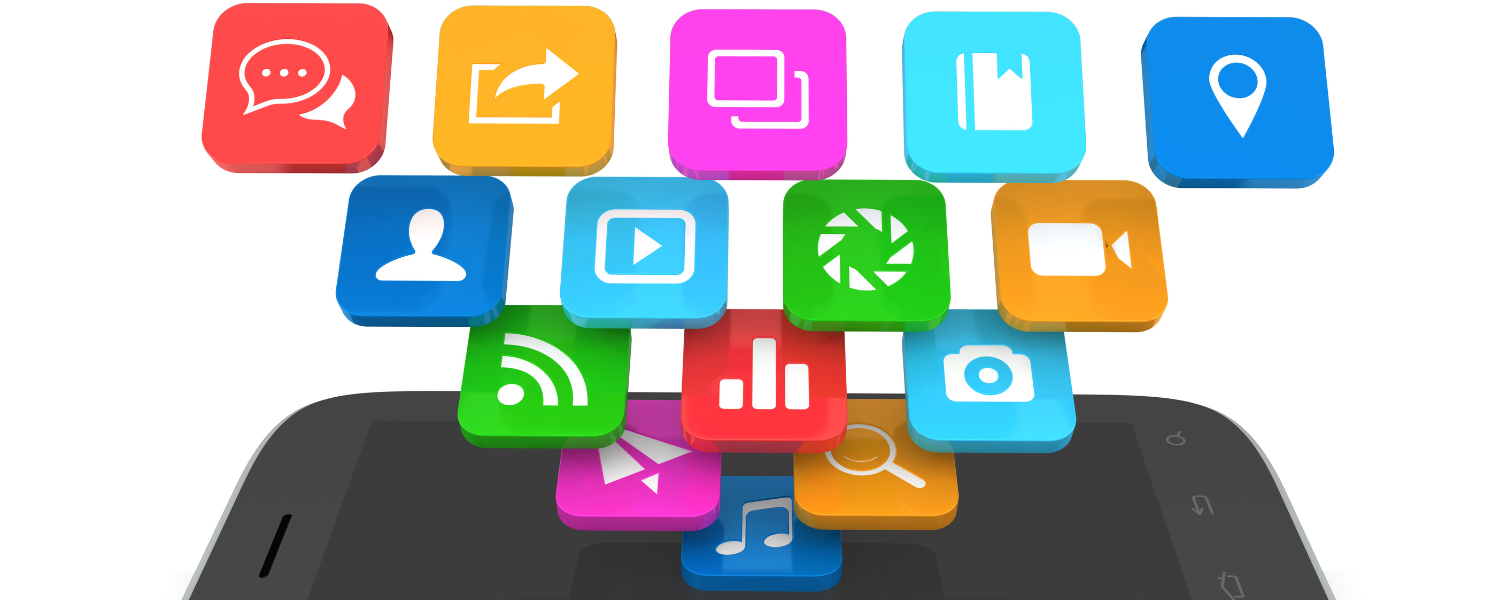Webhooks are an incredibly useful and a resource-light way to implement event reactions. They’re an essential tool in any app's arsenal because they deliver data from one app to another, either by sending automated messages or receiving real-time updates about what's happening inside your software environments.
What are webhooks?
Webhooks are one of the methods used for web apps to communicate with one another. When a particular event occurs, it lets you move real-time data from one application to another.
Let's assume you've built an application using the Foursquare API to track people visiting your cafe. When they check-in, you want to be able to greet them by name and offer them a complimentary drink.
A webhook notifies you whenever someone checks in, allowing you to conduct any procedures in your application once this event has occurred.
The data is then delivered over the internet from the application where the event happened to the receiving application that’s responsible for processing it.
Real-life webhook Example
Just assume that you’re usingwebhooks to connect your email marketing software to other software services you have.
In one instance, you could use a webhook to connect a payment gateway with your email marketing software so that when a payment bounces, the user receives an email.
How does a webhook work?
Think of a table buzzer at a restaurant; you know when your table is ready when the buzzer goes off. Webhooks work on the same theory. Here, the table buzzer would be a third-party app that sends signals when the tablei s ready.
And the one receiving the information about the table is the 'listener'. In the digital world, the listener is the URL that gets the webhooks and executes a predetermined action, in this case activates the buzzer.
One way to get started with automated web development projects is using webhooks. You probably use them regularly without even realizing what they are.
Up to this point, you might be thinking they’re the same as APIs, however, they’re not.
An API (Application Programming Interface) allows two-way communication between software programs that are driven by requests.
With APIs a request needs to be sent, which is then followed by the response. In most cases this response is the data or action that was being requested.
Webhooks on the other hand, allow you to skip the request step in the API process by just sending the data when it’s available.
Let us discuss in more detail-
Webhooks vs API
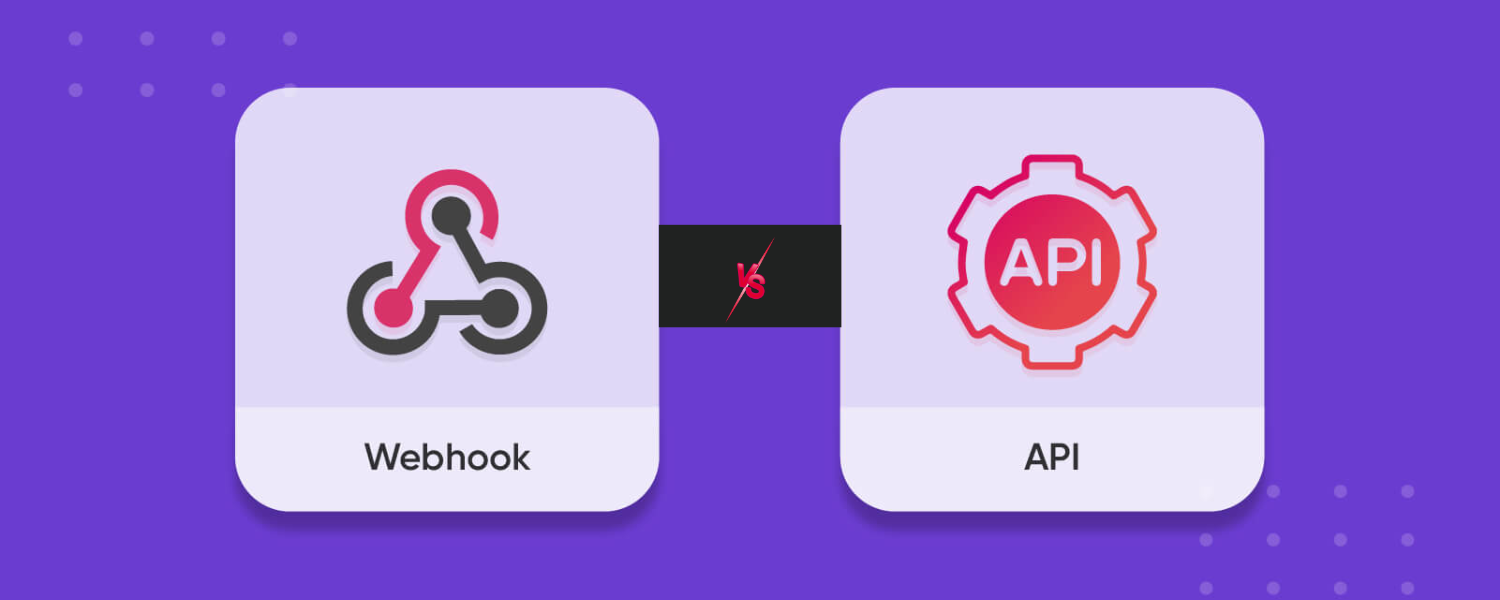
In contrast, a webhook is an automated call made by websites on their own- triggered due to specific events happening within the website, like new content being added or edited etc.
For instance - if a new user registers on the website, the automated webhook could be set up to request the server send a welcome email.
Pulling vs Pushing
A method known as "polling" is used to obtain data from an API. This is a form of checking for new data and it involves your application sending a request to an API server to examine for new data on a regular basis, whether the data is there or not.
● A webhook enables the provider to deliver data to your application as soon as an event occurs (i.e. "push"). Webhooks are frequently referred to as "reverse APIs" because of this.
● APIs must periodically fetch data from a server to keep current, but with webhooks, the server can transmit this data to you as soon as something happens.
● Webhooks are less resource-intensive because they eliminate the need to regularly poll (check) for new data.
● To use a real-life example, APIs are equivalent to calling a business repeatedly to see whether they've restocked on a shoe brand you like. Webhooks would then be like requesting the merchant to contact you whenever the shoes are in stock, saving both parties time.
How to create a webhook?
Creating a webhook is usually a three-step process:
● Obtain the webhook URL from the application you want to transmit the data from.
● Then, in the webhook area of the application you want to receive data, paste that URL.
● Finally, select the types of events for you’dlike the app to send you notifications for.
How different apps make use of webhooks?
Discord Webhooks make it simple to send automated messages and data changes to a text channel on your server.
WordPress Webhooks allows you to automate your WordPress site by connecting it to other technologies. It's a freemium plugin that uses webhooks to enable you to automate your WordPress site.
MailChimp Webhooks are for events like subscribes, unsubscribes, and profile updates.
If you send out a weekly newsletter, you'll be notified immediately when someone changes their email address, which you can then amend in your CRM system's subscribers list.
With Shopify Webhooks, you'll be informed when a product is updated, an order is paid for, a checkout is made, or a refund is initiated.
As a result, you'll no longer have to be concerned about missing orders or failing to deliver things on schedule.
With Slack Webhooks, you can post messages from your apps into Slack with all the usual formatting and layout blocks.
With Stripe Webhooks, you can be notified of events in your account by receiving a web notification.
These are especially useful for asynchronous actions, such as a customer’s bank confirming a payment, a dispute charge happening or a recurring subscriptions that succeed without any problems!
Conclusion
I hope this provides a comprehensive overview of webhooks. However, what I really want you to take away from this is the value they can add to your development process.
Webhooks can increase the efficiency and the ability to scale your programs.
The best approach to learning about webhooks is to use them for yourself. Why not try Billsby, to get a feel for it, by using webhooks to connect your applications!

